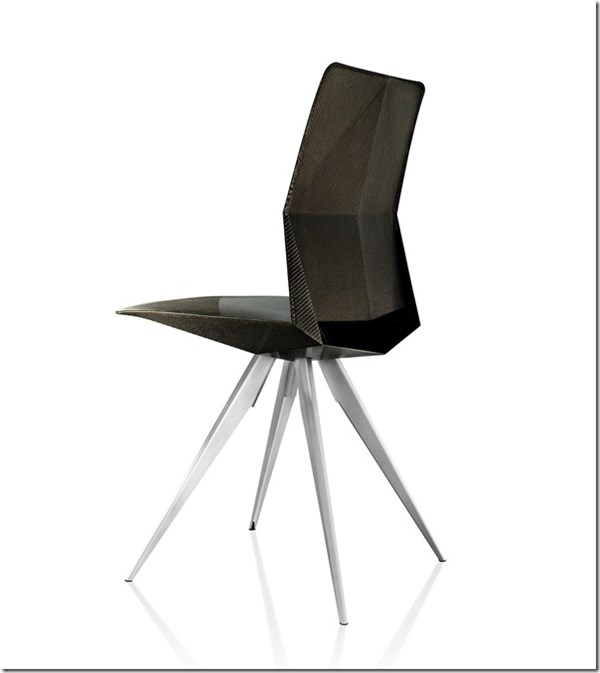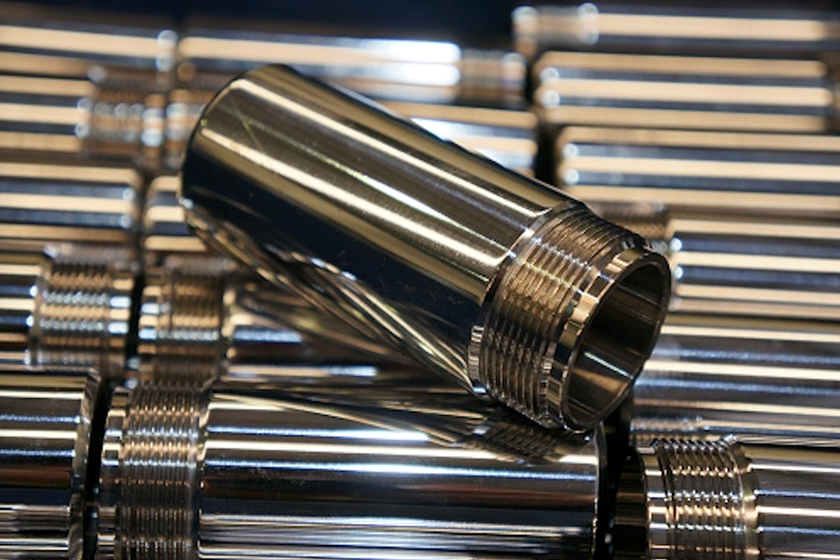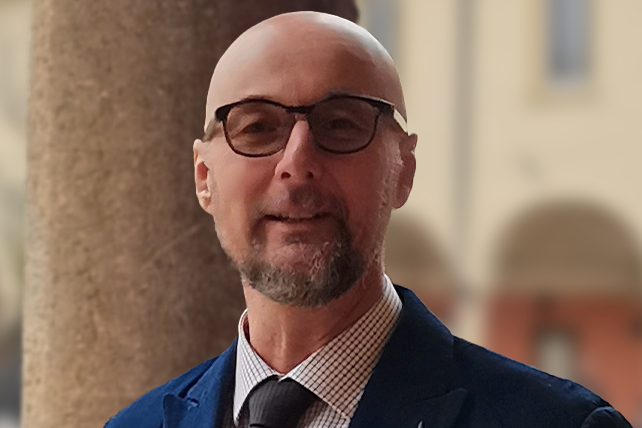Audi R18 Ultra Chair: An Audi for a Dining Room?
Audi’s interior designs were long the benchmark of the auto industry.
Audi’s interior designs were long the benchmark of the auto industry. Today people focus on the remarkable exteriors that Audi has launched (remember that the LEDs that now punctuate the fascias of cars of all makes and models had their start on the fronts of Audi vehicles; too bad Audi didn’t patent their use as a design element).
But who can argue with the overall appeal of an Audi interior?
Featured Content

Without a doubt, the most important part of an interior—steering wheel notwithstanding—is not the interface for the infotainment system but, rather, the seat. After all, when you are in a car, you have a more intimate interface with the seat than with any other part of the vehicle, to say nothing of a greater area of contact.
The people at Audi know more than a little something about (1) excellence in design and (2) what it takes to engineer an outstanding seat.
Which brings us to Audi’s engagement of designers Reed Kram and Clemens Weisshaar, the young designers behind Kram/Weisshaar (not exactly a clever name, but. . . ) and their assignment to develop a chair, the Audi R18 Ultra Chair.
That’s right: a chair. A simple chair. Which looks like this:

But this is no ordinary chair.
The development included a prototype that was exhibited at the Milan Furniture Fair this past April, but unlike exhibits not meant to be touched, the designers instrumented the prototype chair with sensors and approximately 1,500 people sat on it. Data obtained were then used to optimize the design.
The materials are quintessentially Audi: carbon fiber and sheet aluminum. It weighs just 2.2 kg.
Weisshaar and Kram worked with the engineers at the Audi Lightweight Construction Centre in Ingolstadt to develop the R18 Ultra Chair Structure. Talking about the execution of the materials, Dr. Karl Durst, an engineer who concentrates on fiber-reinforced composites at the Centre, said, “We combine the strengths of the materials in such a way that their weaknesses are no longer important. This efficiency is the focus of our ultra lightweight construction principle.”
In other words, use materials where they are most well suited, and what might seem undoable turns out to be undeniably right.
Clearly, a manifestation of Vorsprung durch Technik.


.jpg;width=70;height=70;mode=crop)
















